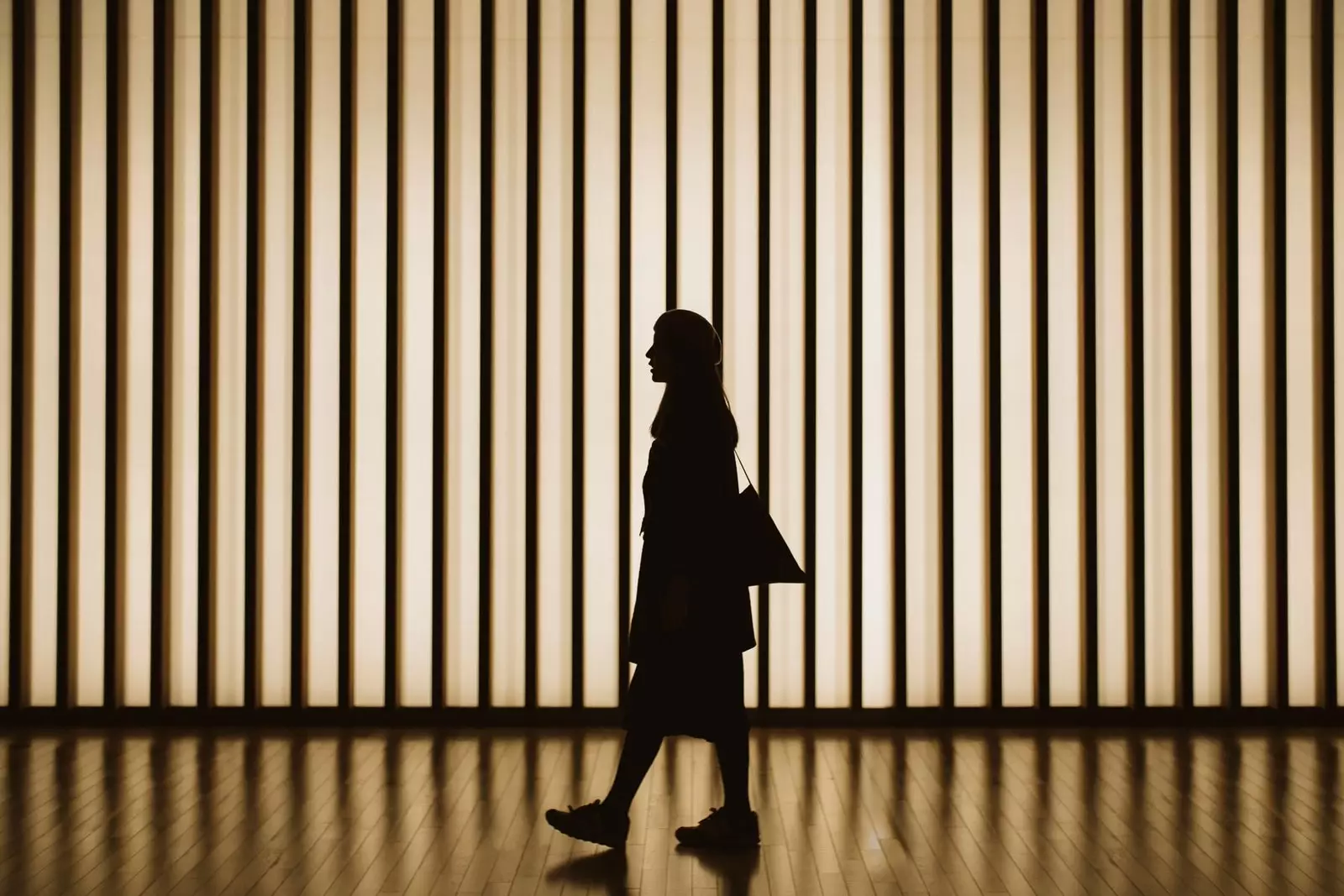
Three generations of women at the head of design
When entering into Google: “famous chairs” a list comes up. The architects of the quintessential design object proposed by the search engine are not surprising. Mies van der Rohe, Le Corbusier, Eero Saarinen, Marcel Breuer.
Only at the end of the enumeration does it appear a woman: Eileen Gray. Born in Ireland in the late 19th century, she made her way unsupported into industrial design. Ella's Transat chair from 1927 is an expression of her genius and an act of militancy on her part.
During the 20th century, some women collaborated with great designers. Charlotte Perry she was in charge of the furniture in Le Corbusier's studio. Others teamed up with their husbands, like the Danish Nanna Ditzel or Ray Eams. The latter's husband, Charles, stated, "Anything I do, she does better."
Only a few ventured out alone. The example of the Italian Lina BoBardi shines in Brazil.
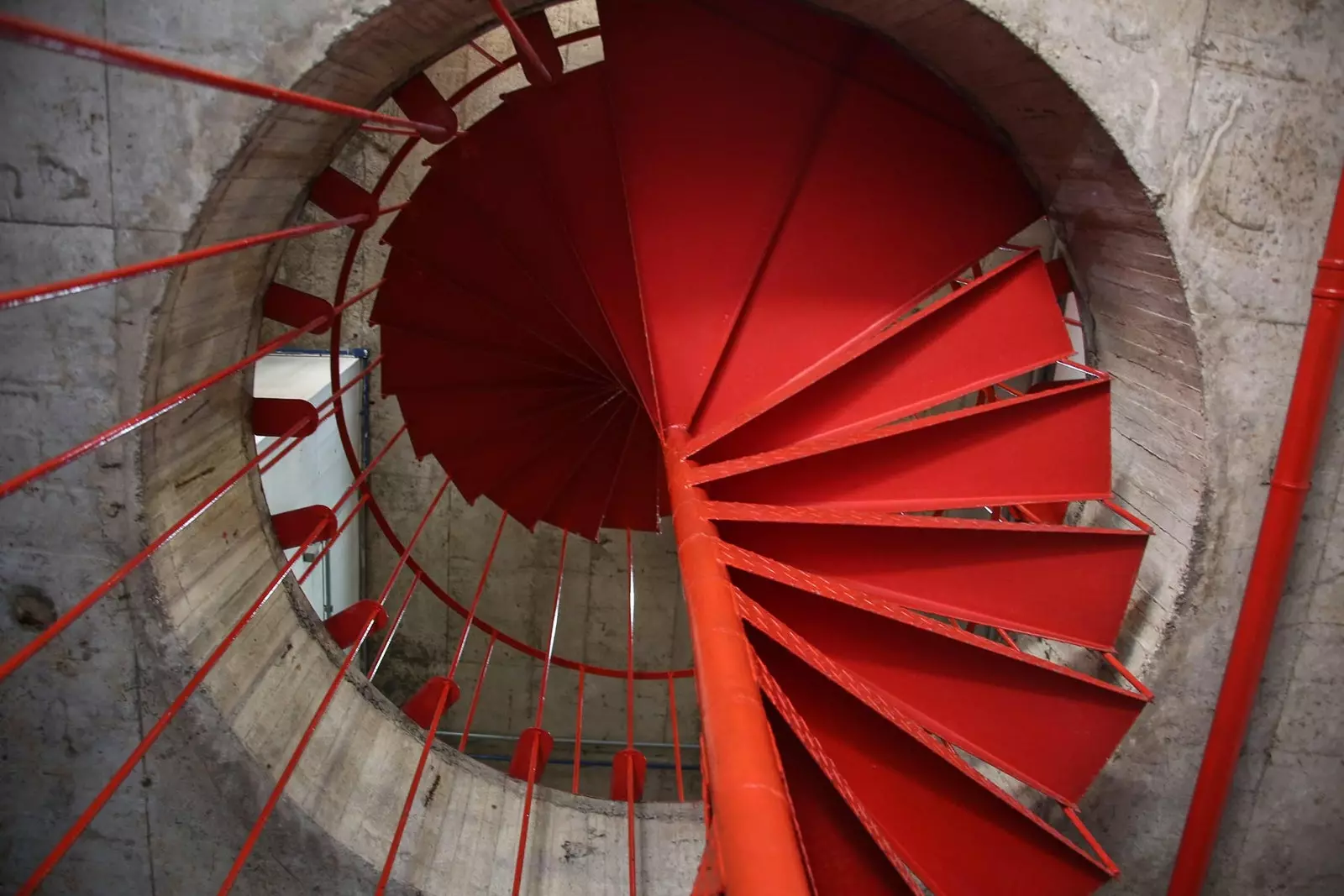
The SESC Pompéia Cultural Center, by Lina Bo Bardi
It was necessary to wait for the last decades of the century to produce the full incorporation of great designers to the international scene. An example of this are the architects Gae Aulenti, Zaha Hadid, or the Spanish Patricia Urquiola.
The barrier of 2000 has broken the taboos, and today the effervescence of the latest generation of female creators has flooded the design horizon. His approach is based on honesty and experience; breaks down barriers between disciplines and genres.
On the occasion of Women's Day, Traveler traces a route that crosses the 20th century and turns into the 21st through three generations of women from the same family.
All of them stand out for a personal and activist vision of design. His dialogues have Madrid as a nucleus, on trips they take to Barcelona, to Milan, to New York and to a town in the province of Lugo.
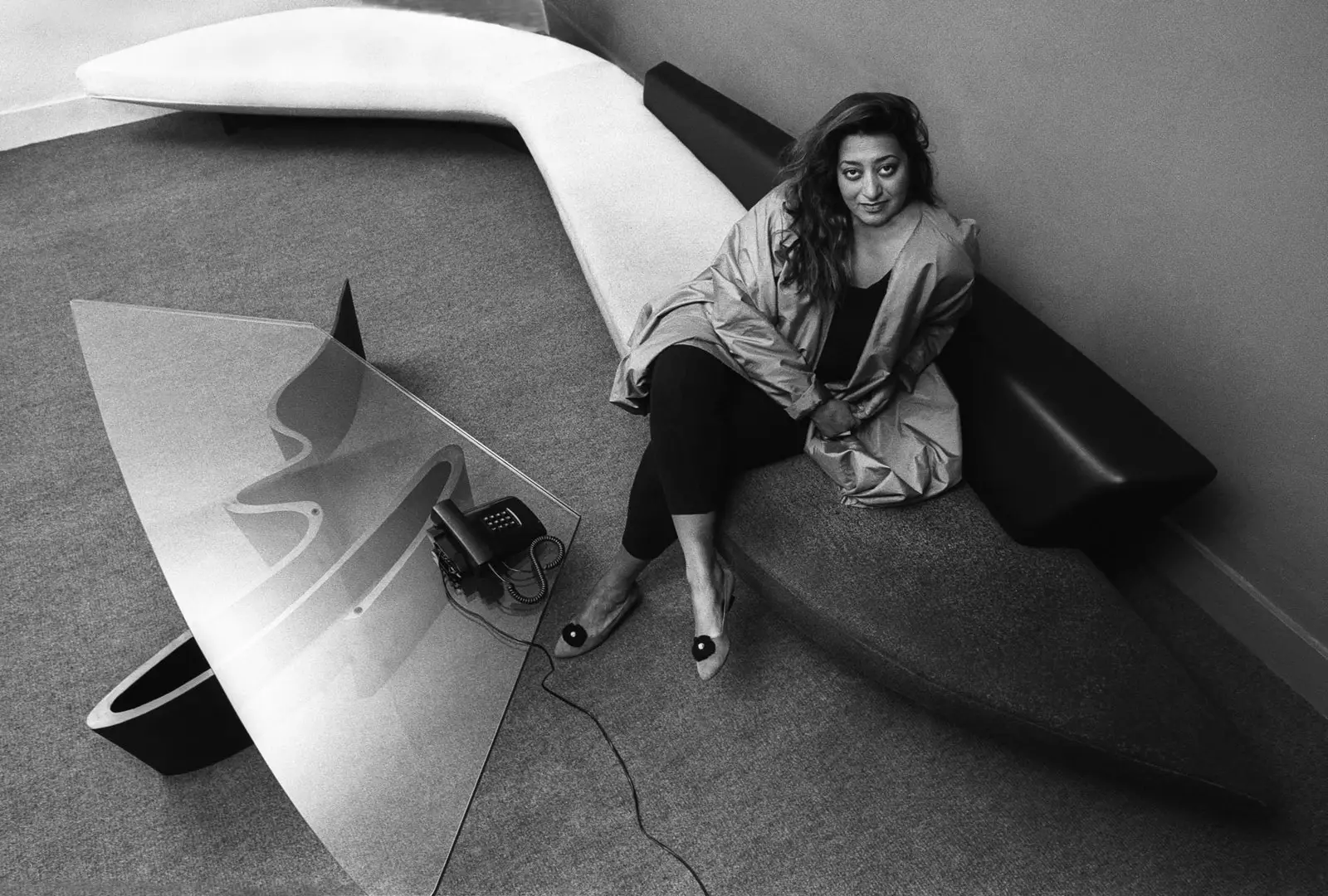
The late Iraqi architect Zaha Hadid
DIALOGUE WITH MILAN AND BARCELONA BY BELÉN FEDUCHI
Belén Feduchi is a vital and energetic woman. Her link with design stems from the discovery of the Italian architects and designers of the 1950s: Albini, Castiglioni, Ponti, Borsani.
Milan was then a focus whose echoes barely reached Madrid. From the wasteland of Castilian and French furniture, she was struck by the versatility of pieces with movement, adaptable to different uses.
From Barcelona, more open to European trends in the 60s and 70s, the opportunity arose to open a window to design.
in 1977 she founded, together with Luz Sánchez Muro, BD Madrid, a space of reference in the capital. "When do we start We explained to each client the reason for the cost of each piece. It was a pre-IKEA job. First, we had to transfer the value of the design to them and then we talked about the quality and the creative aspect. The store was almost a consultancy, Many students and professionals came to ask for advice”, explains Belén Feduchi.
In Madrid, BD meant avant-garde and suggested objects that revolutionized the space of a living room or bedroom. Belén conceived design as an element of vital improvement, She is in a constant exchange with the Milan Salone and with the innovations that have come from Barcelona.
“We brought the experimental research of Droog Design and Jasper Morrison. ** Carlo Scarpa ** also came, and he himself placed his drawings of metal parts and crafts. We have always been a dissemination center.”

Three generations of design: this is how the Feduchi are
DIALOGUE WITH NEW YORK BY BELÉN MONEO
Belén Moneo is the daughter of Belén Feduchi. She has inherited her passion for objects and her militancy in transforming the environment from her mother.
After studying Architecture and Fine Arts at Harvard and Columbia, she became a personal and professional partner with Jeff Brock, with whom she started her architecture studio.
In New York they combined architecture with furniture design for 13 years. Upon arriving in Madrid, they created the studio: ** Moneo-Brock **, which has since its inception become a cultural space for art, technology and design, with an intense program: 2B Space to be.
Bethlehem creates methacrylate pieces that combine functionality, color and the lightness provided by the transparency of the material.
"We are obsessed with aesthetics and have a great interest in the plastic arts. For us it is very important research applied to everyday objects, always from multiple approaches: plasticity, geometry, light.”
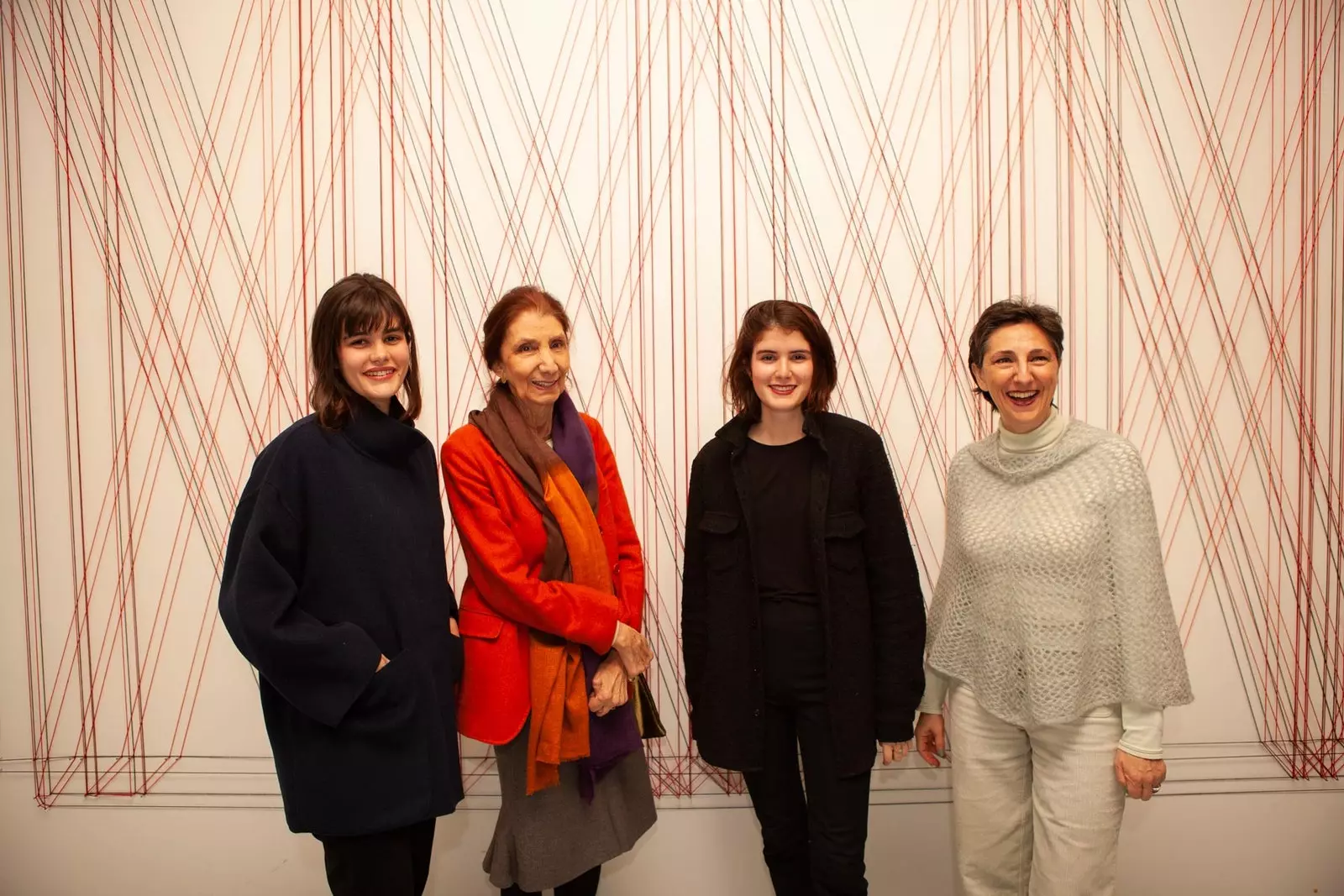
The Feduchi during the Parametrics exhibition at _2B Space to be
The chrome-modular shelf It was born as a solution to the lack of light in his loft in New York. The intense colors of the plates that make up the structure create, in themselves, a source of light through reflection.
The methacrylate sheets are assembled without screws. The holes destined to receive the bolts filter a nuanced radiation. The diaphanous space required a free and extensible piece to adapt to variable needs.
The modular aspect prevailed. As in all his objects, experience shaped the design. His chairs, lamps, and the Luckyloop valet have been exhibited in various venues, such as ** Fresh Product at the Matadero in Madrid.**
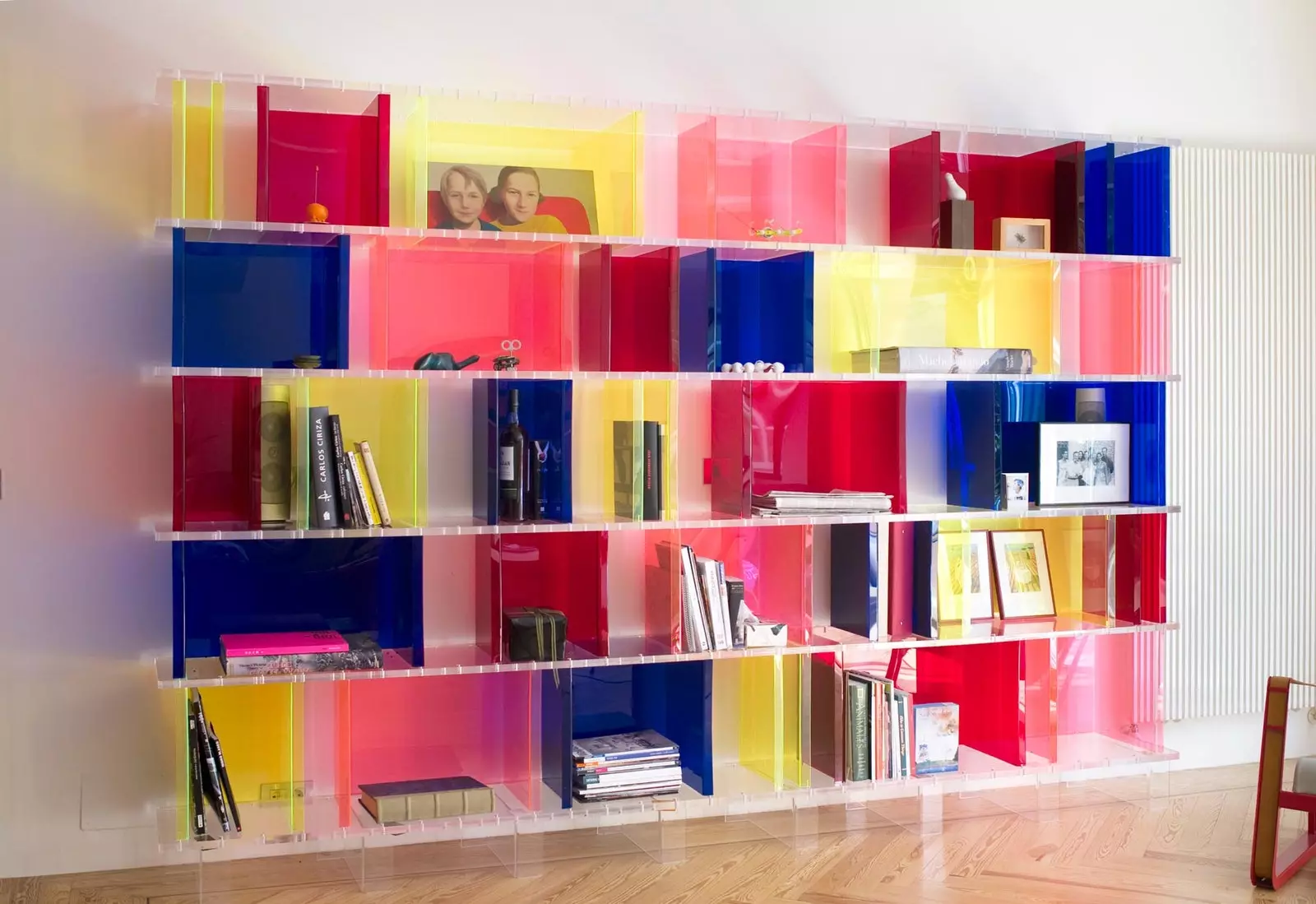
Moneo-Brock's Chromodular Shelving
THE DIALOGUE WITH ELENA AND SELINA FEDUCHI NURSERY
The sisters Selina and Belen Feduchi They are not over thirty. They belong to a generation of designers who experiment with materials, colors and shapes of tradition.
His project, ** Todo to do **, proposes a way of relate to handmade objects intuitively, created to meet specific needs, without dwelling on aesthetic issues.
From their training in Architecture and Fine Arts, Selina and Elena found a starting point in Viveiro, the town of Lugo where they spent the summers.
There, to get to the beach, it was necessary to cross the ship where the fishermen store their nets. The observation of the fishing tools led to the knot created with threads and ropes.

Networks and patches that served as inspiration for Selina and Belén Feduchi
The structure defines a container that lets the water run and retains the catch. The exchange established the role of the bait and the rigid structure of the trap, whose cylindrical profile tapers to capture crabs.
The patterns revealed a spontaneous creativity that provides solutions with forms defined by their utility. Elena and Selina Feduchi's fishnets they maintain their functional spirit and an implicit aesthetic value.
Nasa nets are sewn and knotted like Viveiro nets. The artisan process is reinterpreted from a vital, organic perspective. Tradition is knotted to contain the immediate.
"Even if everything is done, everything remains to be done" say the designers. A journey between two centuries that continues from the energy of its protagonists, intertwined by the network of his family bond and his passion for design.
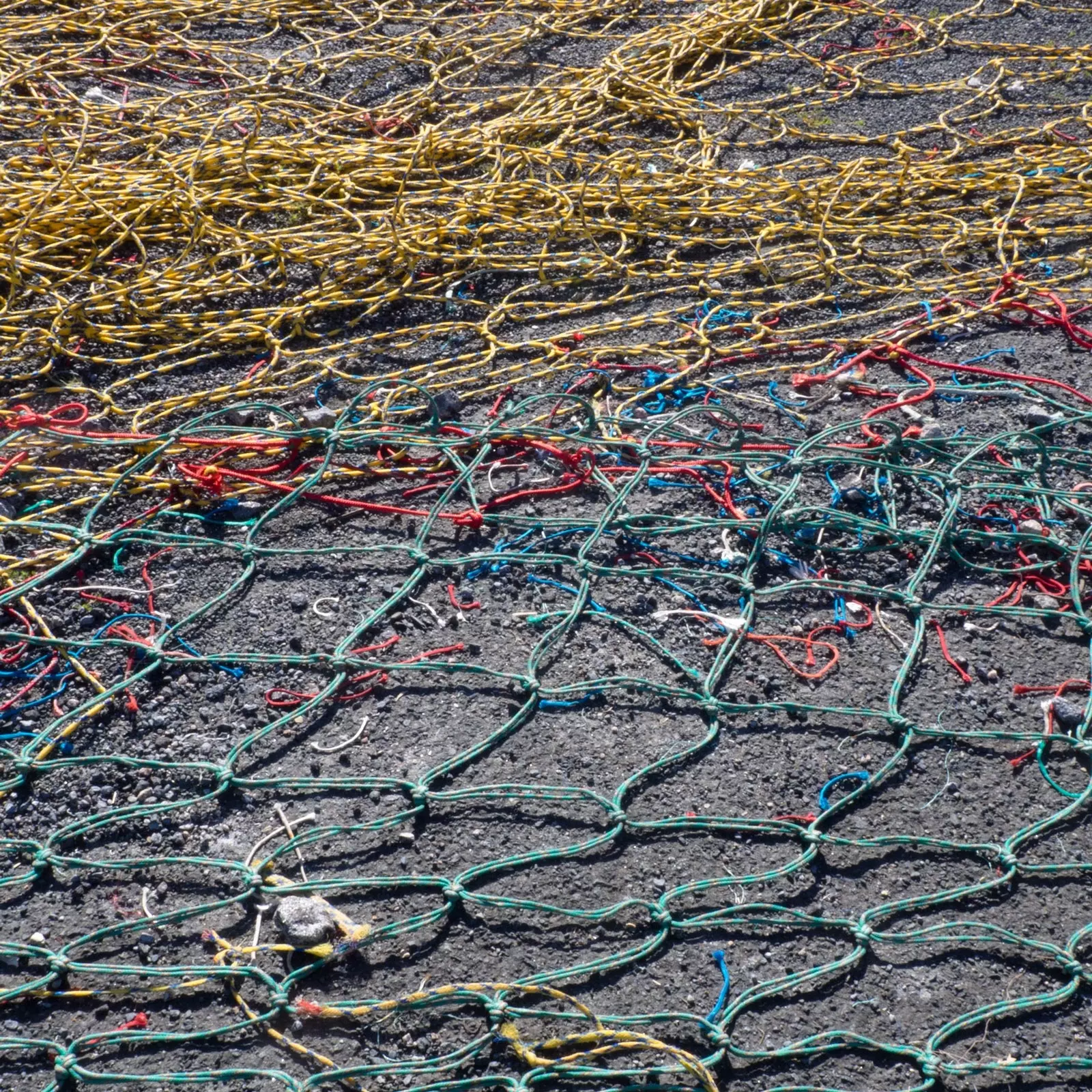
Tradition is tied to contain the immediate
